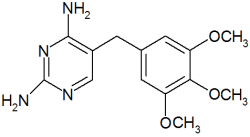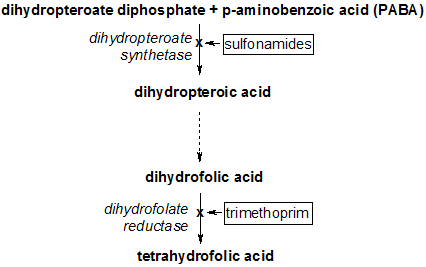Lourenço, D. S.1; Vitali, L. H.2; Afonso, A. O.3; Malta, M. H. B.4; Martinez, R.5
1,3,4 Faculdade de Medicina de Ribeirão Preto - USP - Clínica Médico; 25 FMRP-USP - Internal Medicine
Introduction - The dugs prescribed for treatment of paracoccidioidomycosis are frequently interrupted by patients with poor socioeconomic level or alcoholics. In this study, the efficacy and post-antifungal effect of ketoconazole, fluconazole, itraconazole and sulfamethoxazole-trimethoprim was tested comparatively against experimental infection of female Wistar rats with Paracoccidioides brasiliensis. Methods - The animals were treated for one to four weeks by gavage with 4 to 16mg/Kg of ketoconazole (K), 4 to 16mg/Kg of fluconazole (F), 2 to 8mg/Kg of itraconazole (I), and 10 to 100mg/Kg weight/day of sulfamethoxazole-trimethoprim (ST). Results - Itraconazole and fluconazole were more effective in reducing the fungal burden in respect to control group. The amount of yeast in the lungs was reduced 24, 45, 661, and 4 times, respectively, for K, I, F and ST. In the spleen the reduction of fungal burden obtained with the same drugs was. 2, 2, 5 and 2 times, respectively. The survival 61 day after inoculation of P. brasiliensis was 27% for untreated animals and 27%, 67%. 82%. and 17% for the rats treated with K, F, I, and ST, respectively. The post-antifungal effect on the animals that received 6 or 12 doses of the drugs, followed three weeks of interruption of treatment, showed that K, in the lung, and F, in the spleen, provided greater inhibition of the return of fungal multiplication. Discussion- It is concluded, for the model and experimental design used, that itraconazole and fluconazole had a stronger action, immediate and post-treatment, on the control of infection with P. brasilienxis. Financial support: FAEPA Foundation, Hospital das Clinicas da FMRP-USP.
Copyright Instituto de Medicina Tropical de Sao Paulo Oct 2005
Provided by ProQuest Information and Learning Company. All rights Reserved



